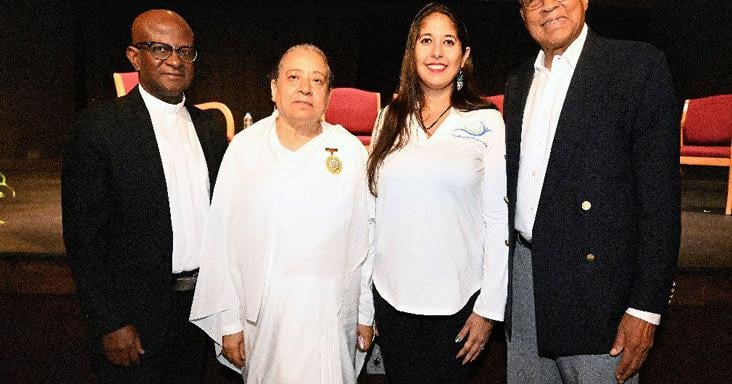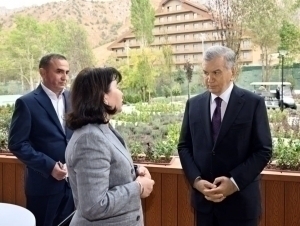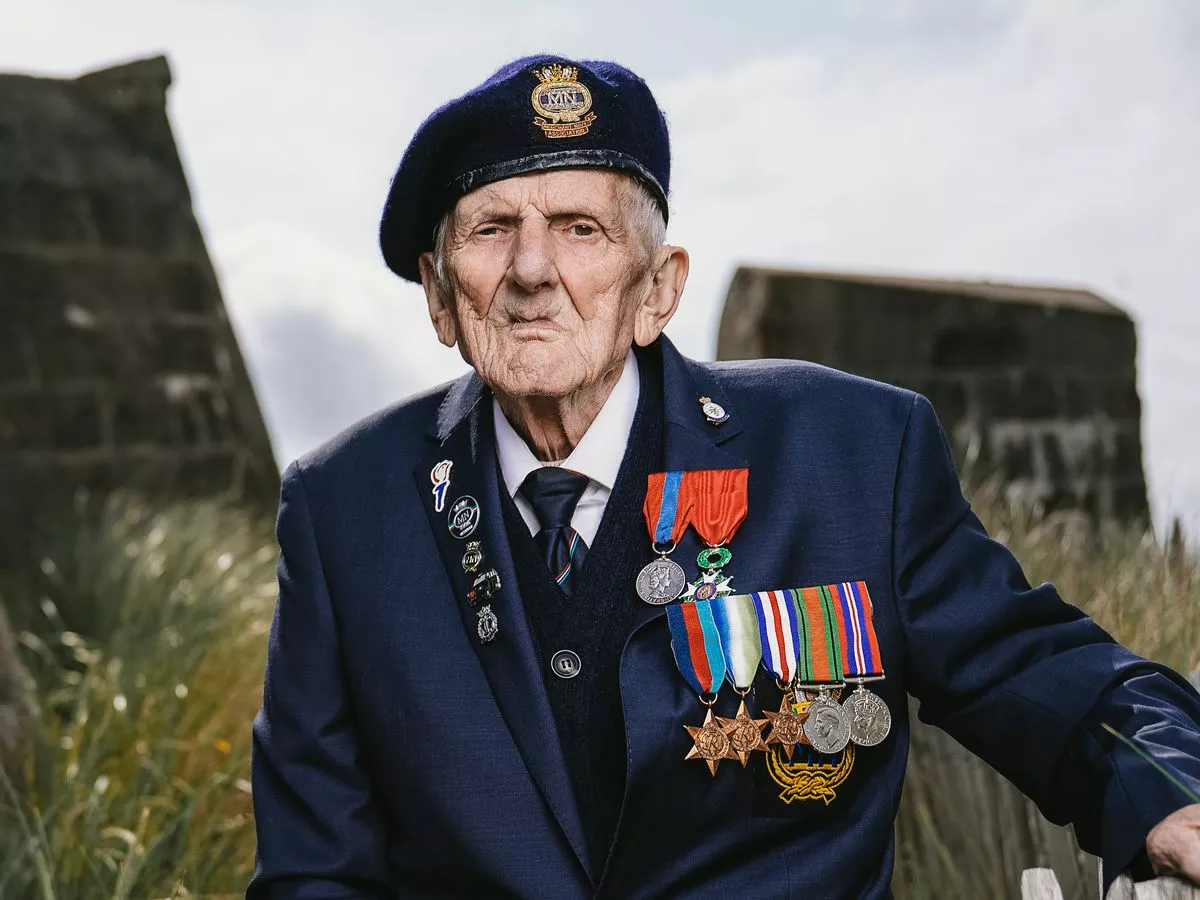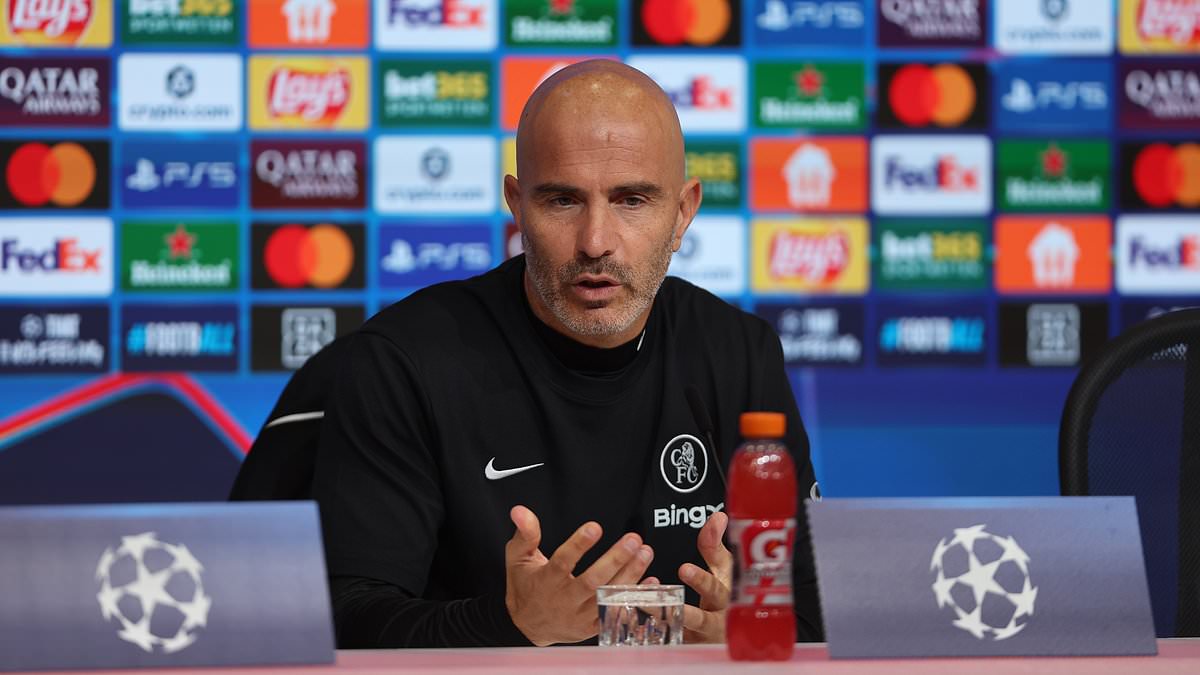By Sherlan Ramsubhag
Copyright trinidadexpress

Social media can be manipulated in a way that promotes peace rather than conflict.
This was one of the topics discussed by panellists during the Brahma Kumaris International Day of Peace observance, held under the theme “Act Now for a Peaceful World” at the Central Bank Auditorium in Port of Spain on Sunday.
The panellists were Dr Savita Didi, national coordinator of the Women’s Wing of the Brahma Kumaris; trauma and stress consultant Fr Urban Hudlin; clinical and counselling psychologist Dr Nidi Kirpalani; and Olympian and former minister of finance Wendell Mottley.
Speaking about the belief of the Brahma Kumaris as it relates to peace, Didi explained that peace is a state of mind.
She said, “When we have peaceful thinking, our feelings will be of peace. And we observe our thought patterns during meditation in which the direction my mind is going because my mind is influenced by people, situations, adversities coming to my life.”
She further explained, “When my state of mind is disturbed by any person or situation, then I become restless. But my mind is in my control so I can always change the direction of my thoughts. So, if I am able to change the direction of my thoughts, then I can create my own peace in the time of even difficulties and adversities.”
Kirpalani emphasised that social media played an important role in today’s society as it is a medium used by people to communicate and connect with other people.
She underscored that people use that connection for companionship and inclusion.
The psychologist explained that, “There are pages that are about different diagnoses. If you have any medical, physical, mental health issues, there are online platforms for political beliefs, for peace, for war, for everything.”
She further noted that scrolling through various social media platforms such as Facebook, Instagram and Snapchat delivered a dopamine hit to the brain, creating entertainment.
She said that entertainment can have either safe or unsafe effects on the persons exposed to it.
Giving an example, she said, “If I watch the news, and my body responds, and my body responds by my heart racing, maybe I start to feel very angry and frustrated about what’s happening. So, if my social feed as an individual is provoking my body, then I’m constantly in a stage where I’m feeling unsafe according to my brain, which is the anger, the frustration, the lack of safety.”
To combat such feelings, she advised that people should manipulate their social media feeds to foster positive feelings.
Speaking about how she went about manipulating her Facebook feed she said that she started to follow pages with cats.
She said, “It’s a whole bunch of cats, but they’re hilarious. So now my feed is changing and what I’m constantly getting anytime I do open my phone is images of safety, laughter, connections, other people who are on this page, even other things I like such as sound therapy. I’m getting a lot of neuroscience feeds, things that stimulate my brain.”
Apart from content consumption, she stressed that people should also be mindful of the content they choose to share and added that individuals also have the power to decide what they allow to integrate into their nervous system.
She noted that there are content creators who focus on positive messaging that was uplifting to others and this was also an example of social media being used to bring about peace.



